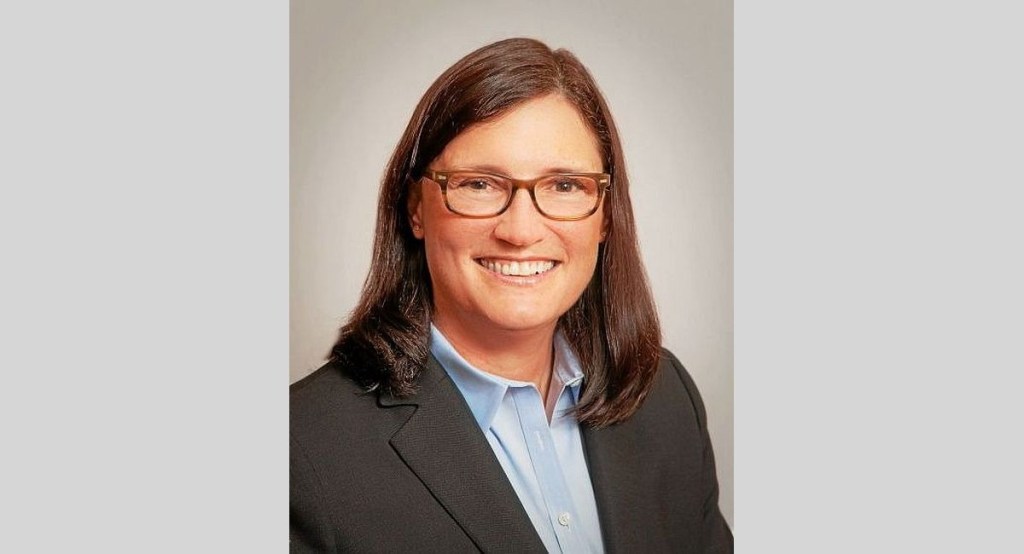Open enrollment season is just around the corner. For most, this is the only time of year when you have a chance to make changes to your employee benefits package, including your health insurance. (The exception is if you experience a qualifying event, including but not limited to marriage, divorce, having a baby, etc.). To ensure you’re maximizing your benefits, it’s important to understand the different terms and acronyms you are likely to encounter as you review your health insurance options. Here is an overview of some of the most common enrollment terms.
Premiums
Any form of insurance coverage involves paying premiums. Most employer-based health insurance today requires that you pay a portion of the monthly premium for coverage. The payments you are required to make are generally deducted from each paycheck.
Deductible
Many insurance plans include a deductible. In the case of health insurance, this is the amount of money you have to pay in total (usually in a given year) before your health insurance assumes the remaining costs. For example, a plan with a $1,000 deductible would require that you pay all bills up to $1,000 out of your pocket.
Out-of- pocket limit
An out-of-pocket limit is a cap on the amount of money you must pay for health care services that are covered by your plan each year. Once you have met your limit, your health insurance will play for 100% of your remaining health care services. It is a best practice to keep an emergency fund that you can pull from to meet this out-of-pocket limit, should you need medical care.
Copay (copayment)
This is a fixed amount you pay each time you use a medical service. For example, each doctor’s visit might require a $20 copay. If your insurance plan includes copays, this amount is required even if you’ve met your deductible for the year, up until you reach your out-of-pocket limit.
HMOs and PPOs.
These are two different forms of health insurance coverage. Your carrier may provide one or both forms of coverage. HMOs are health maintenance organizations, which often are available for lower monthly premiums but come with some restrictions. For example, most require that all your health care needs be coordinated through your primary care physician. With HMOs, you are also typically limited to services from a specific network of providers covered by the plan. PPOs are preferred provider organizations, which tend to have higher premiums than HMOs. With PPOs, referrals from your primary physician typically aren’t required and you generally have more flexibility in choosing providers based on your needs.
Health Savings Accounts (HSAs)
Some health insurance plans come with an HSA feature. This account allows you to set aside money on a pre-tax basis to pay for qualified medical expenses. You can use the savings account to cover expenses for deductibles, copays and other out-of-pocket medical costs. By using pre-tax dollars, the net cost to you for these services is reduced. HSAs also allow you to roll over any unused funds each year for future use, even years from now when you retire.
High Deductible Health Plan (HDHP)
These plans are offered in conjunction with an HSA. HDHPs often are available for a lower monthly premium, but, as the name implies, require that you carry a higher deductible. Much, or all of the deductible, can come out of the money you set aside in the HSA. If you anticipate few major health care needs, HDHPs can be a sensible option to limit your premium costs.
Flexible Spending Accounts (FSAs)
This account lets you pay many out-of-pocket medical expenses with tax-free dollars. You set money aside in an FSA with each paycheck on a pre-tax basis. The funds accumulated can be used to cover the costs of copays, deductibles, qualified prescription drugs and other qualified medical expenses. Most of the money must be used before the year is out. Your employer may allow you to carry it over for a short period into the following year or include a provision that lets you spend up to $500 of this year’s FSA savings in the following year. Check with your employer to understand the details.
Making the right health insurance choices for your circumstances can result in better coverage and potentially save you hundreds or even thousands of dollars a year. A financial advisor can help you sort through your protection needs and identify the plan that makes the most sense for your physical and financial health.
Bronwyn L. Martin is a Financial Advisor and Chartered Financial Consultant with Martin’s Financial Consulting Group, a financial wealth advisory practice of Ameriprise Financial Services LLC. in Kennett Square, and Havre de Grace, Md. She specializes in fee-based financial planning and asset management strategies and has been in practice for 25 years. To contact her: www.ameripriseadvisors.com/bronwyn.x.martin.







